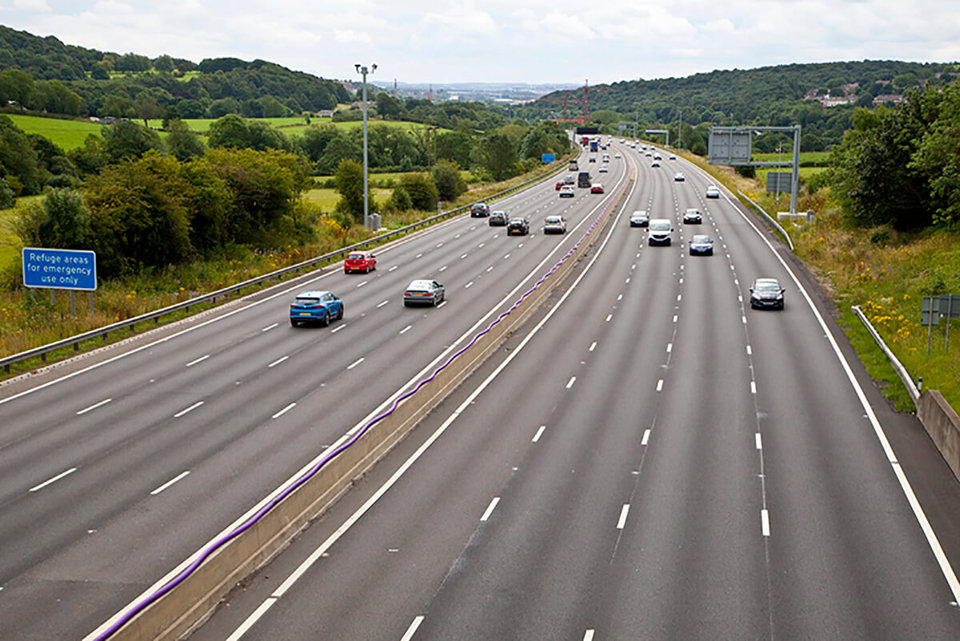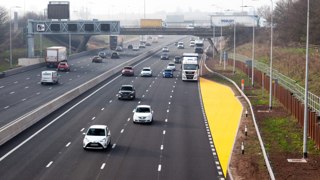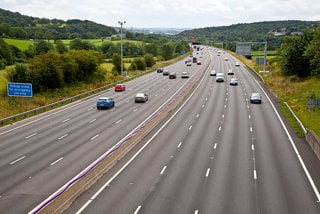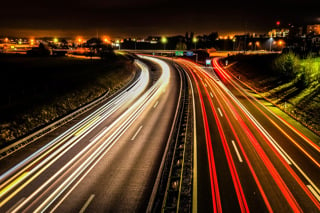Emergency and breakdown recovery services have voiced major concerns about the safety of ‘all-lane running’ if it is to be rolled out across the UK’s major roads network.
The concept for all-lane running, where the hard shoulder is also used, was originally piloted on a stretch of the M42, and ‘smart’ sections of motorway can now be found on the M1, M4, M5, M6 and M25 (see panel, below).
All new sections of smart motorway are expected to be based on the all-lane-running configuration.
MPs launched an inquiry into all-lane running in November 2015 to evaluate its effectiveness in managing capacity and congestion, and its impact on road safety.
Simon Wickenden, Metropolitan Police Service traffic management officer, told the Transport Committee evidence session on April 18 the risk of collision for a stationary vehicle that has broken down on an all-lane running motorway increases by 200%.
Wickenden said: “While Highways England has shown all-lane running can improve journey times and has reduced some collision types, our view is that collision types where the risk has increased and are more likely to be fatal are not sufficiently mitigated against.”
Wickenden gave an example of a recent fatality in March after a vehicle broke down on the all-lane running section of the M25. The incident is still under investigation by Essex Police, but the car is believed to have run out of fuel in an unlit section of the motorway and a lorry collided with the vehicle, killing the rear passenger and seriously injuring the other two occupants in the car.
Wickenden said there have been 3,700 breakdowns on the all-lane running section between J23-J27 of the M25 in the past 12 months.
Both the RAC and The AA, who also gave evidence at the committee meeting, raised concerns on the lack of understanding from drivers about adhering to the ‘red X’ sign, general understanding of how smart motorways work and the distance between emergency refuge areas (ERA).
Edmund King, AA president, called for the amount of ERAs to be doubled on any stretch of all-lane running motorway and for each ERA to be doubled in length from 30 to 60 metres.
The current distance between ERAs on all-lane running is 1.55 miles.
King said he doesn’t feel there has been “adequate consultation” on all-lane running for it to be rolled out on a wider basis.
He said: “The lack of ERAs creates an issue where some truck drivers are taking tachograph breaks there and one truck takes up the entire space.
“If there is nowhere for vehicles to go in an emergency, it creates a congestion and safety issue.”
David Bizley, RAC chief engineer, said there is a problem with drivers’ adherence to use of the red X over the carriageway and more needs to be done with education and enforcement.
He said: “Motorists have a poor understanding of what to look out for or what to do if they break down on all-lane running sections of the motorway.”
The breakdown services’ current policy is not to attend a broken down vehicle on an all-lane running motorway as it is deemed as too high a risk for their recovery teams. This means vehicles have to call 999 for aid and a recovery vehicle can attend if the lane has been closed and access is safe.
What is all-lane running?
All-lane running motorways have variable speed limits, no hard shoulder, and emergency refuge areas every 1.5 miles. Highways England uses CCTV cameras and variable message signs to manage smart motorways.
Depending on the type of motorway, speed restrictions can be set and lanes closed in the event of an incident or congestion. Information signs are used to warn drivers about queuing traffic and speed limits as well as being used to close lanes and divert traffic.
The red X sign is used to show when a lane is closed due to an incident or obstruction. If a red X is displayed drivers must not proceed further in the lane indicated.






















Peter Rust - 04/05/2016 12:05
Motorway X lane signage HAS to be effectively controlled and switched OFF when cleared, to many events without a reason will cause motorists to not trust the move lane indication and become blasé, speed restriction signage also needs to be updated every 10 minutes as most motorists don't adhere to these requests after many, many incidents of unnecessary reductions in motorway speed and claims of hold ups ahead which most turn out to be unfounded